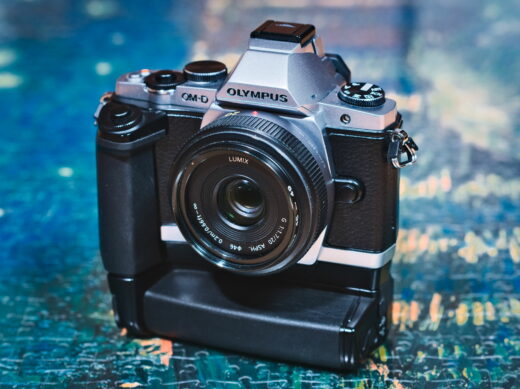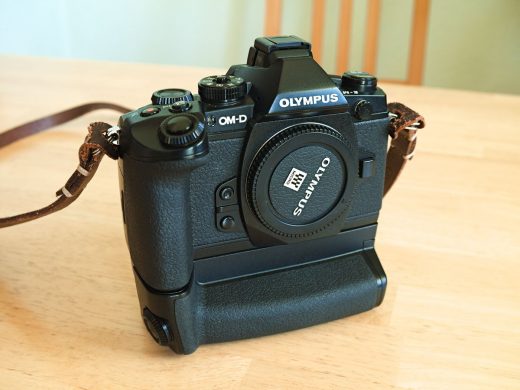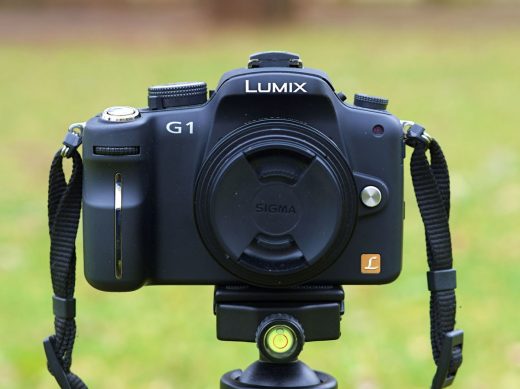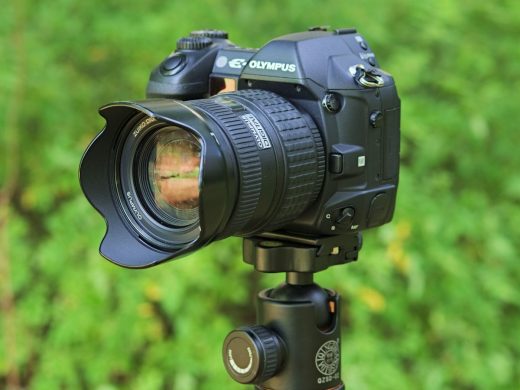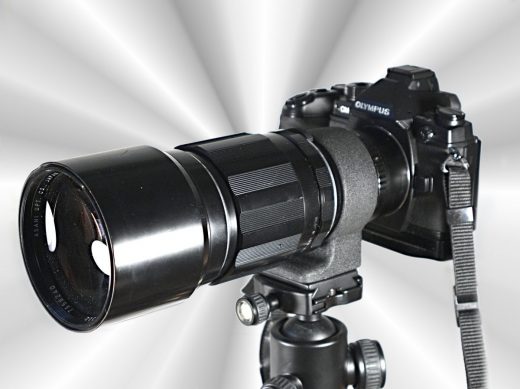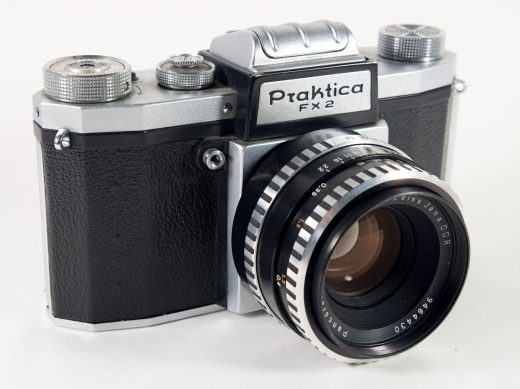I recently got two Olympus OM-D E-M5 bodies. As a hobby photog reason enough to write a blog post about this camera. I want to show my experience on how the E-M5 performs in 2020. How does the camera feel compared to newer models? Is the image quality still good or far behind the newer competition? Can I recommend the E-M5 camera in 2020?
Category: Photo Talk
Blog entries about photography
Replacement Of My Olympus E-M1? – New Released OM-D E-M1X
Update: The camera is released, it is certainly a very interesting release with a lot new introduced tech. But the price of 3.000 EUR is on the high side and we will see, if Olympus will sell it well. For me, no need to switch from my E-M1 but I am also not the targeted pro audience. Here I have a nice overview video of this cam.
What camera do I use? DSLR vs. DSLM 我使用的相机是什么样的? 数码单反相机对无反相机
When I talk about photography and my photos, people often ask me, what camera I use and prefer. When I tell them, it is an Olympus camera called OM-D E-M1, they are wondering, why not a Canon or Nikon DSLR?
Cameras Revisited – Review Panasonic Lumix G1
The Panasonic Lumix G1 is a mirrorless interchangeable lens camera introduced in 2008 for the Micro Four Third standard. One could ask why I write a blog entry about a camera that was introduced 9 years ago? In the consumer electronics world this is a very long time with a lot of technology advancements. If you look at modern cameras, they have gained a lot of new capabilities. However the G1 was a milestone for the Micro Four Thirds standard, since it was the first camera introduced for that system.
A Classic – Olympus E-1 with Zuiko Digital 14-54 F2.8-3.5
I have recently purchased a used Olympus E-1 together with the Zuiko Digital 14-54 2-8-3.5 zoom lens. This camera and lens combo is 12 years old, technically outdated and boasts an archaic 5 megapixel CCD sensor that is easily outperformed by smartphone cameras (at least on paper when comparing megapixel numbers). So why did I buy it? To put it simple, it is a camera classics bundled with a top notch pro lens (that I adapt on my Olympus OM-D E-M1) that is very well-built and a joy to use.
Olympus Photo Event On Teufelsberg
Olympus invited me to a photo event and workshop on the Teufelsberg. Teufelsberg is a hill (90m height) in Berlin Grunewald. On top of it there are the remains of a former US listening station that was closed after the the end of the cold war. Nowadays many artists use this place.
Bokeh Comparision (m.Zuiko 75/1.8, Lumix G 42.5/1.7, Carl Zeiss Jena Sonnar 135/3.5)
Photographers often like to speak about bokeh, the ability of a lens to render the out of focus area. Especially prime lenses with a fixed focal length and a wider maximum aperture are able to render a nice blurred background.
Vintage Lens Alarm: Pentax SMC Takumar 300/4 M42
Flee markets are very nice. You can find old photo gear for a bargain. I wasn’t even looking for a new lens but when I saw the Pentax Super Takumar 300/4 in the multi coated version with M42 mount for a quite reasonable price, I had to get it. Olympus just released the similar m.Zuiko Pro 300/4 which is probably the best lens for Micro Four Thirds but for my needs out of reach. Why not try a much more cheaper old vintage lens option with an M42 adapter on my camera? It certainly is not as sharp as the brand new m.Zuiko 300/4 and you have to focus manually but for occasionally use this might fit very well my pocket.
Vintage Cameras, Vintage Lenses
“Praktica”, “Carl Zeiss Jena”, “Pentacon” or “Meyer Optik Görlitz” are very well known brands in East Germany and beyond. When I started with photography, my first camera was a Praktica. On Berlin flee markets you can find them quite often. Carl Zeiss Jena lenses, which are often coupled with Praktica cameras, are still a nice choice as adapted vintage lenses on modern digital cameras.
